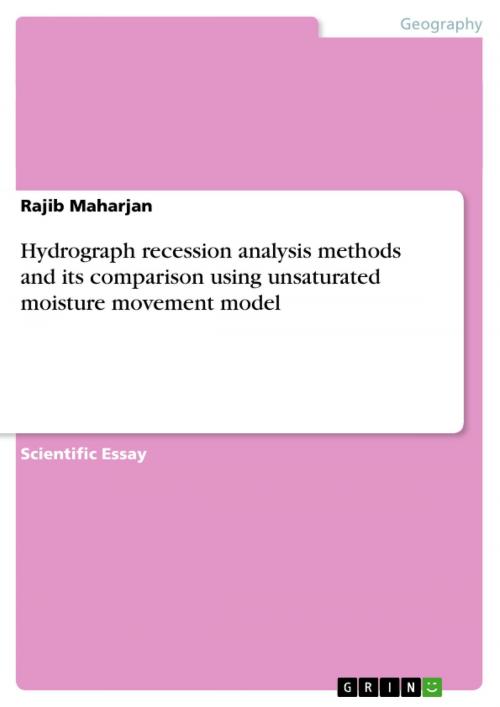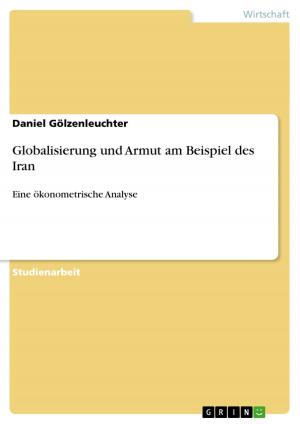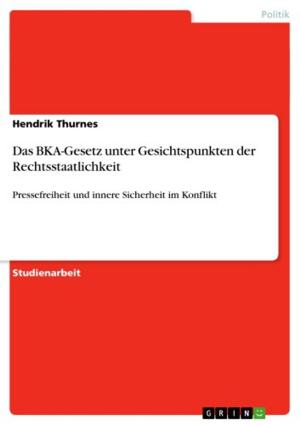Hydrograph recession analysis methods and its comparison using unsaturated moisture movement model
Nonfiction, Science & Nature, Science, Earth Sciences, Geography| Author: | Rajib Maharjan | ISBN: | 9783656747833 |
| Publisher: | GRIN Verlag | Publication: | September 23, 2014 |
| Imprint: | GRIN Verlag | Language: | English |
| Author: | Rajib Maharjan |
| ISBN: | 9783656747833 |
| Publisher: | GRIN Verlag |
| Publication: | September 23, 2014 |
| Imprint: | GRIN Verlag |
| Language: | English |
Scientific Essay from the year 2014 in the subject Geography / Earth Science - Physical Geography, Geomorphology, Environmental Studies, Oulu University of Applied Sciences, language: English, abstract: Groundwater plays an important role in feeding springs and streams, supporting wetlands and land surface stability. In Finland, most water is held in the soil than the surface systems. Hence, Finland's water resources depend on groundwater and biogeochemical processes. The study of groundwater in peatland is important for maintaining ecological balance and conservation of water resources. The groundwater level is one of the key indicators of aquifer conditions and groundwater basins. It helps to interpret hydrogeology, groundwater flow, groundwater sustainability and land usability. The study tries to analyze ground water recharge on peatland catchments using hydrograph recession analysis. The equation for the hydrograph recession curve can be utilized to predict groundwater recharge during each recession period. The steps involved during recession curve analysis includes selection of analytical expression, derivation of recession characteristic and optimization of the parameters. While computing groundwater recharge with recession curve, the high variability of each recession segments creates major problem. Each segment shows the outflow process which creates short-term or seasonal influence. The variation in rate of recession which causes problems for derivation of recession characteristics. The computer software such as hydro-office, VBA macro excel and Matlab are used for recession analysis. The results obtained do not consider climatic influences. The results were then confirmed by using water balance model and statistical tests. The e-water toolkit is used for water balance model and statistical tests are performed using R-software. The rainfall-runoff data are used as input to the software used in each method. From the analysis, required output recession parameters are obtained for further calculation. These estimated recession parameters can be used to predict low flows (groundwater contribution to runoff) to understand catchment groundwater resources and as inputs for the rainfall-runoff model analysis. Hence, the objective of this study is to analyze groundwater recharge by studying the recession limb of the runoff hydrograph. The study work compares various recession analysis methods. It also tries to identify the better method by comparing groundwater recharge from different methods with groundwater recharge from unsaturated water balance model.
Scientific Essay from the year 2014 in the subject Geography / Earth Science - Physical Geography, Geomorphology, Environmental Studies, Oulu University of Applied Sciences, language: English, abstract: Groundwater plays an important role in feeding springs and streams, supporting wetlands and land surface stability. In Finland, most water is held in the soil than the surface systems. Hence, Finland's water resources depend on groundwater and biogeochemical processes. The study of groundwater in peatland is important for maintaining ecological balance and conservation of water resources. The groundwater level is one of the key indicators of aquifer conditions and groundwater basins. It helps to interpret hydrogeology, groundwater flow, groundwater sustainability and land usability. The study tries to analyze ground water recharge on peatland catchments using hydrograph recession analysis. The equation for the hydrograph recession curve can be utilized to predict groundwater recharge during each recession period. The steps involved during recession curve analysis includes selection of analytical expression, derivation of recession characteristic and optimization of the parameters. While computing groundwater recharge with recession curve, the high variability of each recession segments creates major problem. Each segment shows the outflow process which creates short-term or seasonal influence. The variation in rate of recession which causes problems for derivation of recession characteristics. The computer software such as hydro-office, VBA macro excel and Matlab are used for recession analysis. The results obtained do not consider climatic influences. The results were then confirmed by using water balance model and statistical tests. The e-water toolkit is used for water balance model and statistical tests are performed using R-software. The rainfall-runoff data are used as input to the software used in each method. From the analysis, required output recession parameters are obtained for further calculation. These estimated recession parameters can be used to predict low flows (groundwater contribution to runoff) to understand catchment groundwater resources and as inputs for the rainfall-runoff model analysis. Hence, the objective of this study is to analyze groundwater recharge by studying the recession limb of the runoff hydrograph. The study work compares various recession analysis methods. It also tries to identify the better method by comparing groundwater recharge from different methods with groundwater recharge from unsaturated water balance model.















